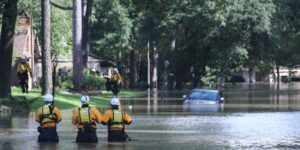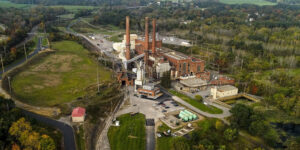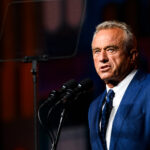Last year was the second hottest on record in the contiguous United States and included 10 major weather and climate events, such as droughts and storms, that each led to more than $1 billion in damages, the National Oceanic and Atmospheric Administration said last week.
The average temperature in 2015 was 54.4 degrees Fahrenheit (12.4 degrees Celsius) compared with 55.3 F (12.9 C) in 2012, the warmest year recorded since the government started keeping records in 1895, NOAA said.
Much warmer than average annual temperatures were recorded across the West, including Washington state and Oregon, as well as in the Southeast, including Florida. It was also the third wettest year on record, with Oklahoma and Texas setting records for precipitation.
There were 10 extreme climate and weather events in 2015, including storms, floods and a wildfire that each caused more than $1 billion in damages, NOAA said. These events resulted in the deaths of 155 people.
Last November, the World Meteorological Organization said that 2015 would be the hottest on record globally and that 2016 could be even hotter due to the El Niño weather pattern.
At the United Nations’ climate summit in Paris last month, nearly 200 countries agreed to take steps to fight climate change, but whether their actions will achieve a goal of restraining a rise in temperatures to “well below” 2 C (3.6 F) above pre-industrial levels is uncertain.
Though 2015 was the 19th straight year that the annual average temperature exceeded the 20th century average, according to NOAA, climate change has received scant attention on the presidential campaign trail among the Republican candidates. Ahead of the November election, Republican candidates have criticized President Barack Obama and leading Democratic candidate Hillary Clinton for posing climate change as a top national security issue, saying the assertion understates the threat of terrorism.




















 Swiss Re Execs Sleeping Well After $2.4B Q3 Reserve Boost
Swiss Re Execs Sleeping Well After $2.4B Q3 Reserve Boost  More Than Half of All Employees in Finance, Insurance Work Remotely: Triple-I
More Than Half of All Employees in Finance, Insurance Work Remotely: Triple-I  ‘Make America Healthy Again’: RFK Jr. Wins Over Fans by Stoking Food Toxin Fear
‘Make America Healthy Again’: RFK Jr. Wins Over Fans by Stoking Food Toxin Fear  Four Arrested for Insurance Fraud in Fake Bear Attack
Four Arrested for Insurance Fraud in Fake Bear Attack 